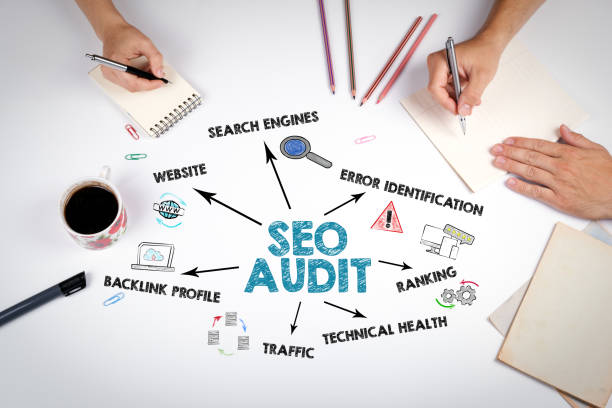
On-Page SEO Best Practices: Optimizing Your Content for Search Engines
In the digital age, having a strong online presence is essential for businesses and individuals alike. One of the key elements of a successful online presence is optimizing your website’s on-page SEO. By implementing effective on-page SEO practices, you can improve your website’s visibility in search engine results and attract more organic traffic. This article explores the best practices for on-page SEO, providing valuable insights and practical tips to help you optimize your content and enhance your search engine rankings.
Understanding on-page SEO:
- This section provides a comprehensive overview of on-page SEO, explaining its importance and how it impacts search engine rankings. It covers the key components of on-page SEO, including keyword optimization, meta tags, URL structure, heading tags, and internal linking.
Keyword Research and Optimization:
- Effective keyword research is the foundation of on-page SEO. This section discusses various techniques for conducting keyword research, identifying relevant keywords with high search volume and low competition. It also provides insights on keyword optimization, including keyword placement, density, and variations.

- Crafting Compelling and SEO-Friendly Content:
- Content quality plays a crucial role in on-page SEO. This section explores strategies for creating engaging, informative, and relevant content that appeals to both search engines and human readers. It discusses the importance of structured content, proper formatting, and the integration of keywords naturally within the content.
Optimizing Meta Tags and Descriptions:
- Meta tags and descriptions provide crucial information to search engines and users. This section delves into the optimization of meta tags, including title tags and meta descriptions, emphasizing the significance of concise, keyword-rich, and enticing meta content.
URL Structure and Navigation Optimization:
- A well-structured URL and intuitive navigation enhance both the user experience and search engine crawling. This section provides guidelines for optimizing URL structure, ensuring it is descriptive, readable, and includes relevant keywords. It also explores navigation optimization, including the use of breadcrumbs and sitemaps.
Leveraging Heading Tags and Image Optimization:
- Heading tags and image optimization contribute to the overall on-page SEO. This section highlights the correct usage of heading tags (H1-H6) for organizing content and improving readability. It also covers image optimization techniques, such as using descriptive filenames, alt tags, and compressing images for faster loading times.
Internal Linking and Anchor Text Optimization:
- Internal linking helps search engines understand the structure and hierarchy of your website. This section explains the importance of internal linking, providing insights on how to strategically interlink relevant pages using optimized anchor text for better search engine visibility.
Mobile-Friendly Optimization:
- With the growing importance of mobile devices, optimizing your website for mobile users is crucial. This section discusses the significance of responsive design, mobile-friendly layouts, and fast page load times to improve mobile SEO performance.
Tracking and Measuring On-Page SEO Success:
- To gauge the effectiveness of your on-page SEO efforts, tracking and measurement are vital. This section explores various tools and metrics to monitor your website’s performance, including Google Analytics, search engine rankings, organic traffic, and user engagement.
Conclusion:
- In conclusion, mastering on-page SEO best practices is essential for optimizing your content and improving search engine rankings. By implementing the techniques and strategies discussed in this article, you can enhance your website’s visibility, attract more organic traffic, and ultimately achieve online success. Stay up-to-date with the ever-evolving SEO landscape and continuously refine your on-page optimization to stay ahead in the competitive digital world.


